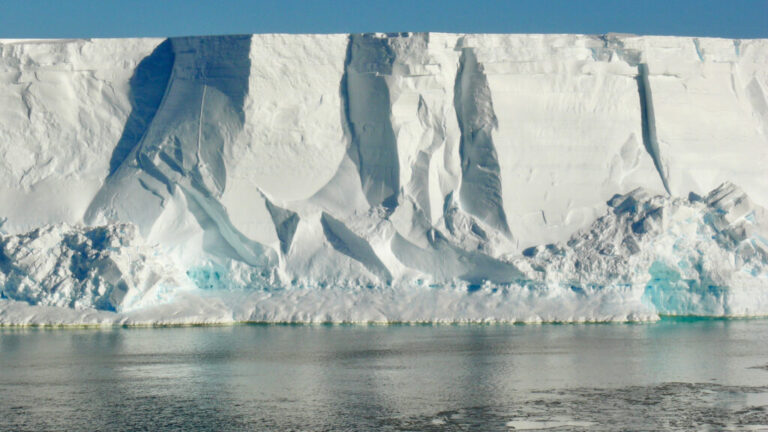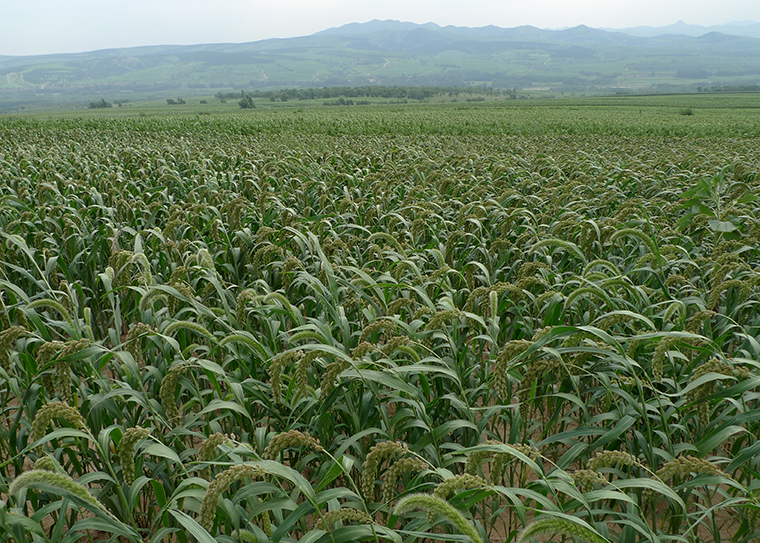
The Center for the Environment is an interdisciplinary hub of environmental research that is committed to generating transformative solutions to our deepest societal challenges including: climate change, air pollution, access to clean water, food insecurity, biodiversity loss and infectious diseases.
By the numbers
86
Center scholars
6
Teams/Grants supported
250+
Activity participants
208
Journal articles published in 2023
The Center’s mission
The center serves as a cross-cutting collaboration hub, encouraging partners, faculty and students to advance research projects in areas including biodiversity, environmental justice, planetary health, environmental solutions, and climate change. Here’s a closer look at who we are, what we do, and why it matters for our community, our region and our world.
Featured research & stories
The hidden river: Hoeferlin on watersheds, climate change and how the river shapes St. Louis
In this video, Derek Hoeferlin describes how a highly managed system of locks and dams has transformed the river over the last century — and how that transformation affects local perceptions as well as potential responses to climate change.
Largest ice shelf in Antarctica lurches forward once or twice each day
WashU seismologist Doug Wiens discovered that unexpected movements of the Ross Ice Shelf are triggered by the sudden slipping of parts of the Whillans Ice Stream.
Movement of crops, animals played key role in domestication
Archaeologist Xinyi Liu’s field work on the Tibetan Plateau, inner Mongolia and regions across Central Asia has contributed to a better understanding of the globalization of food in deep antiquity and its biological and social consequences.

The WashU ecosystem
Within the WashU ecosystem of environmental research, education, and practice, the Center for the Environment serves as a connector. Much like a biodiversity corridor, we work to create space where our partners within the ecosystem and across distinct disciplines come together to address our world’s biggest environmental challenges.
In the news
Connect with us
Upcoming Events



